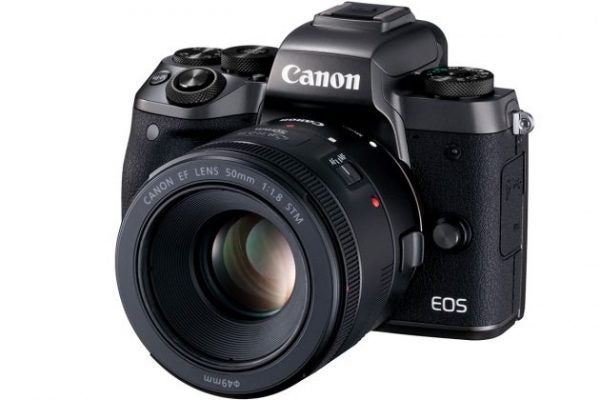We take a closer look at Canon’s new flagship mirrorless camera
Canon announced the new EOS M5 just a few days before Photokina 2016. It seems to represent the first time that the company is aiming one of its mirrorless cameras at the more advanced consumer. Here’s a closer look at some of the camera’s key specifications.
1. Canon EOS M5: Sensor
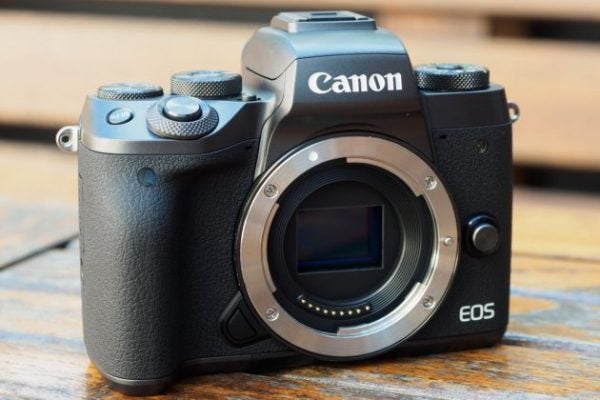
Inside the EOS M5 is a 24.2MP APS-C sensor with Dual Pixel CMOS AF
Inside the EOS M5 is a 24.2 megapixel APS-C CMOS sensor, the same as you’ll find in the Canon EOS 80D. That should make it pretty much a miniature version of that camera, something which has already proven to be a good performer.
This is also the first time that Canon has used the Digic 7 processor inside an EOS camera – not even cameras like the EOS 5D Mark IV or the 1DX Mark II have such an advanced processor. That should be good news for noise reduction in low light shots, as well as general operational and usage speeds.
2. Canon EOS M5: Autofocus
Canon has fitted the M5 with Dual Pixel CMOS AF, with points spread across 80% of the frame. This should ensure fast speeds, and the company promises that tracking has improved thanks to the Digic 7 processor.
You can shoot at 9fps, but if you want to include AF between frames, then you can still shoot at 7fps – a reasonably impressive speed for a camera of this kind.
3. Canon EOS M5: Viewfinder
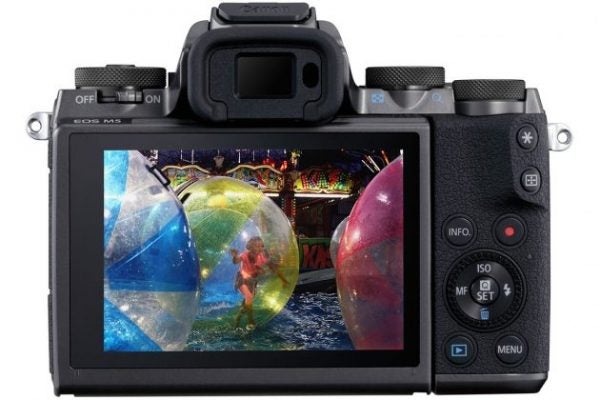
Buttons on the back give direct access to key settings
Not having a viewfinder was one of the key criticisms of previous generations of M range cameras. Not so anymore, as Canon has included a 2,360k-dot electronic viewfinder which gives you a 100% view of the scene. It’s 0.39-inches, which isn’t the biggest on the market, but it should still be bright and clear enough to use frequently without straining your eyes.
4. Canon EOS M5: Screen
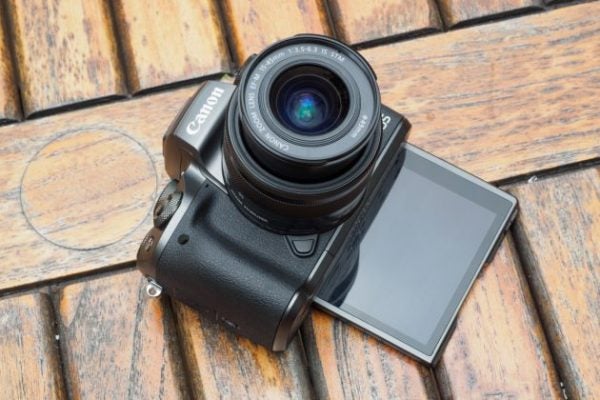
The LCD tilts upwards by 85° and downwards by 180° to face forwards underneath the camera’s body
Canon seems to have fully embraced touch-sensitive technology, fitting most of its newest cameras with touchscreens. The EOS M5 is no different, with the 3.2-inch, 1.62m-dot TFT LCD able to respond to your touch to change AF point, move through menus and so on.
Not only that, but you can still use the touchscreen when looking through the viewfinder thanks to a new feature called Touch and Drag AF. You can even set it so that only a partial area of the screen is used for setting AF point – handy for ensuring your nose doesn’t accidentally alter the point for you.
5. Canon EOS M5: Video
Canon has resisted the temptation to add 4K video recording to the EOS M5, which is perhaps a bit of a shame. For this reason, we can assume that the camera is targeted mainly at photographers who want to shoot the odd video, rather than videographers.
It can shoot at Full HD in a variety of frame rates up to 60fps. You can also take full manual control over video.
6. Canon EOS M5: Mount
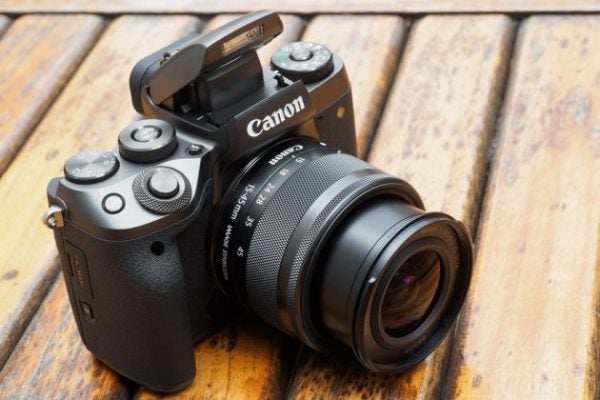
There’s a small pop-up flash unit in the viewfinder housing, as well as a hotshoe for attaching EX-series flashguns
The M5 uses Canon’s M mount, which means that your existing EOS lenses won’t fit without a mount adapter – Canon has decided that, at first, the mount adapter will be included in the M5 box for free.
Also announced at the same time as the M5 is a new 18-150mm lens, which will sell with the M5 as its default kit lens. It features a stepper motor for quick and quiet autofocus.
7. Canon EOS M5: Price and availability
The Canon EOS M5 price will be around £1,049 body only, making it the most expensive M system camera to date. You can also buy it with the 18-150mm lens, where it will cost £1,399. As already mentioned, the EF-M lens mount adaptor for EF and EF-S lenses will come in the box for free. Availability for the M5 is expected to be from the end of November.
Read more:
Canon EOS M5 review: hands-on first look





